The Australian Bureau of Statistics has released the second round of its 2021 Census data.
Catch up on Wednesday's events.
Key events
- The data is in — when school's finished, we keep studying
- Why were less people working from home in Victoria than in NSW?
- Our pets are such a big part of our lives, why don't we ask about them in the Census?
- The top ten cities, towns and suburbs with the highest proportion of the population born overseas
- Have a question about the Census? Now is your chance to ask!
- These are the 10 most popular careers in Australia
- Who's doing what around the house? It depends on your gender
- At long last, the 2021 Census data is here!
- Employment in beer manufacturing went up by 50 per cent
- Who was working from home on Census day? Let's take a look by location
- Nursing is growing, but men still make more than women
- If you put all of Australia's healthcare workers together, they'd be our fifth largest state
- Want to hire a DVD on Friday night? There are 160 people in Australia who can help you
- School principals worked as many hours per week as surgeons
- What surprised the statistician about the Census data?
- The statistician has arrived to break down the numbers — you can count on that
- There were 2.5 million people working from home on Census day
- Think stats are boring? We'll help you come to your Census
To leave a comment on the blog, please log in or sign up for an ABC account.
Live updates
By Bridget Judd
My spider Census is tingling...
... and it's time to close the blog, but a big thanks to everyone who tuned in for their data fix (sorry, a terrible Census of humour is a prerequisite to be here, you should know this by now).
If you can't get enough of the 2021 stats, the ABC's Markus Mannheim has taken a look at some of the biggest insights — you can find that below.
Don't forget, you can also download the ABC News app and subscribe to our range of news alerts for the latest updates.
Until next time...
By Bridget Judd
There are 2.4 million Aussies who work full-time and provide unpaid childcare
Let's talk unpaid work, which has proven to be a bit of a hot topic.
There are 1.3 Australians working part-time who provide unpaid childcare, and 2.4 million Australians working full-time who provide unpaid childcare.
- When it comes to domestic work, 10 per cent of part-time employed males undertook 15 or more hours of domestic work, compared to 32 per cent of part-time employed females
- Among full-time workers, 10 per cent of males undertook 15 or more hours of domestic work, compared to 21 per cent of full-time employed females
By Bridget Judd
The data is in — when school's finished, we keep studying
There's quite a few stats to get through, so let's take a look at some of the bigger trends.
The latest census is the first to show that most Australian adults gained a qualification after leaving school.
Among people aged 15 and older, 51.7 per cent had finished a certificate, diploma or degree.
That's compared with fewer than one in four people a generation earlier.
In fact, a master's degree is now almost as common as a bachelor's degree was 30 years ago.
By Bridget Judd
Looking for some bedtime reading? Try the Census Dictionary
The Post Highschool Statistics show a curious dip for 2006. As a Data Analyst, it would appear that this dip is anomalous. Ignoring it would have the charts grow in a more consistent trend. I would be curious if there is an explanation for this dip.
- Jeffrey
Thanks for your question, Jeffrey!
Here's Duncan Young:
Duncan: Sounds like a kindred spirit (not of Gin manufacturing kind)! Isn’t great that we can analyse change across Australia’s 18 Censuses now.
I am not exactly sure what my fellow data guru is looking at – but I’d point them to my favourite dictionary – the Census Dictionary.
There was a change to the questions on qualifications in the 2006 Census due to the new Australian Qualifications Framework that may have had an impact (you can find that here).
Unfortunately that's the last question Duncan has time to answer today (something called the Census has been released, it sounds like it could be a big deal).
But on behalf of our wonderful audience, I'd like to say a big thanks for jumping in to tackle those curly questions.
Don't go anywhere — we'll have more stats coming up throughout the afternoon!
By Bridget Judd
Why isn't 'non-binary sex' in the data when it was on the Census form?
Why is there no representation of 'non-binary sex' in the data when it was a tick box on the form? Under 'Age and sex' it refers to 49.3% male and 50.7% females which = 100%.
- River
Here's Duncan Young:
Duncan: Good question. As highlighted in the question - the 2021 Census allowed all respondents to select from three response options for the sex question: male, female and ‘non-binary sex’.
Following consultation, including with representative bodies from LGBTIQ+ communities, the ABS determined that the standard products would include male and female only. The intention is to minimise misinterpretation of this data.
Data on the ‘non-binary sex’ responses has been published in this article.
By Bridget Judd
How many nurses are male? (And a big hello to Duncan's brother-in-law)
Male nurses earn more than female nurses?! What proportion of the nursing workforce is male?
- Curious nurse
Thanks for your question, Curious nurse — here's Duncan Young:
Duncan: 12% of the nurses are male, including my brother-in-law Joe (Hi Joe!). This is a slight increase from 11% in 2016.
This isn’t the most uneven split though, with over 95% of midwives, early childhood teachers, dental assistants, personal assistants and beauty therapists being female.
By Bridget Judd
What is the definition of 'full time'?
What is the definition of "full time"? Are there figures for hourly income instead of weekly income? If it includes a range of hours, someone working 38 hours would expect to take home less than someone working 42 for example, so directly comparing only the weekly or annual wage without taking that into account could lead to incorrect assumptions? Perhaps underemployment is also related to that?
- Michelle
Thanks for your query, Michelle.
The ABS's Census Division general manager Duncan Young is back to tackle a few more questions before he has to run (and by that I mean we're finally going to unchain him from the computer...).
Duncan: That’s a good point – always need to know what we are comparing.
The ABS classify full-time as 35 hours per week or more and part-time is less than 35 hours.
In addition, Census data is also available by the precise amount of hours per week. So in our Community Profiles you can look at personal weekly income by the number of hours worked.
By Bridget Judd
Technology and an ageing population are reshaping Australia's workforce
Duncan Young will be back to tackle a few more of your curly questions shortly, but first, let's take another look at the stats.
According to the data, many of the fastest-growing jobs are those that provide care for older people, and coincide with the growth of the national disability insurance scheme.
They include aged and disabled carers (110 per cent increase over a decade), occupational therapists (up 110 per cent), and audiologists and speech pathologists (up 100 per cent).
- Australia's tech workforce expanded even more quickly over the same period, growing by 164 per cent
- Computer programmers (up 91 per cent) and business and systems analysts (up 69 per cent) were particularly sought-after
By Bridget Judd
Why were less people working from home in Victoria than in NSW?
I'm surpirsed less people were WFH in VIC than in NSW. As most people I know here in VIC still work most days at home. I don't remember being asked if I was working from home in the census was there a question on it? I do remember being asked how I travelled to work. And me and my partner laughed and ticked 'walking' because there was no answer of 'shuffle down hall in slippers'
- Jess
Interesting question, Jess — here's Duncan Young:
Duncan: This was a bit surprising to us too, but probably is just a matter of timing – most of regional Victoria had just come out of lockdown the night before Census while NSW was in lockdown.
The data does come from the question on how we got to work on Census day. I can confirm that walking is an option and ‘shuffle down hall in slippers’ is not. You can select more than one answer too – e.g. ‘walking’ and ‘work at home’.

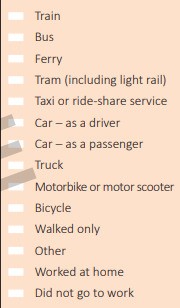
Duncan: Census data does help us understand the many occupations that can not work from home – for example delivery drivers (increased by 70% in 2021!)
By Bridget Judd
We don't know what the 'new normal' will look like, but the 2021 Census is a helpful tool
Is any of the 2021 Census data redundant now we're on our way out of the pandemic?
Thanks for your question! Here's Duncan Young:
Duncan: I think in the future we will be so thankful that we had the opportunity to capture a snapshot of Australia at this unusual time.
While some of the 2021 Census data may reflect some temporary impacts of the pandemic and Australia’s response, it also reflects the significant change that has occurred since 2016 including any enduring long-term changes that the pandemic has contributed to.
None of us really know what the ‘new normal’ will be after COVID-19, but having Census data from 2021 will be helpful to our thinking.
By Bridget Judd
Our pets are such a big part of our lives, why don't we ask about them in the Census?
Why they don't ask any questions about pets? Heaps of what we do is about our dog - walking on the weekend, choosing to work from home and keep her company, saving money up for her vet care, driving to go on holidays, choose pet friendly accomodation and pet friendly rentals to live in. It seems like asking about pets would give pretty good data on lifestyle choices, housing and economics to me!
- Jess
I'm with you, Jess — I would argue that trying to convince my cat not to despise my existence absolutely counts as unpaid domestic duties.
I'll let Duncan Young tackle this one, though:
Duncan: I love my dog too – Baxter kept me sane through the lockdowns.
Duncan: The choice of Census topics is one for all Australians. We run a public consultation process for topics each Census and it is open to public submissions. The ABS will then make recommendations to government who will make the final decision.
You will need to make the case on why the topic is of national importance as there are always more ideas than we can fit in.
By Bridget Judd
The stats guru is here to answer your questions
The UK equivalent of the ABS has published a very readable paperback called The Official History of Britain based on census data over the years. Is there any chance the ABS could do something similar for Australia?
- Tim Roberts
Thanks for your question, Tim!
I've put this one to the ABS's Census Division general manager Duncan Young, because if anybody owns a Census book, I reckon it's him...
Duncan Young: Thanks for the recommendation – I’ve added that to my Christmas wish list.
The ABS published a book for our centenary in 2005, with the slightly less grand title of ‘Informing a nation’ – available for free here.
It has some great Census stories – including an unlucky incident for two Census collectors being pursued by a pet emu in the 1986 Census.

By Bridget Judd
The top ten cities, towns and suburbs with the highest proportion of the population born overseas
Looking more closely at the areas of Australia that are the most culturally diverse, five of the top 10 are in NSW.
Three are in Victoria — Melbourne City, Monash and Dandenong.
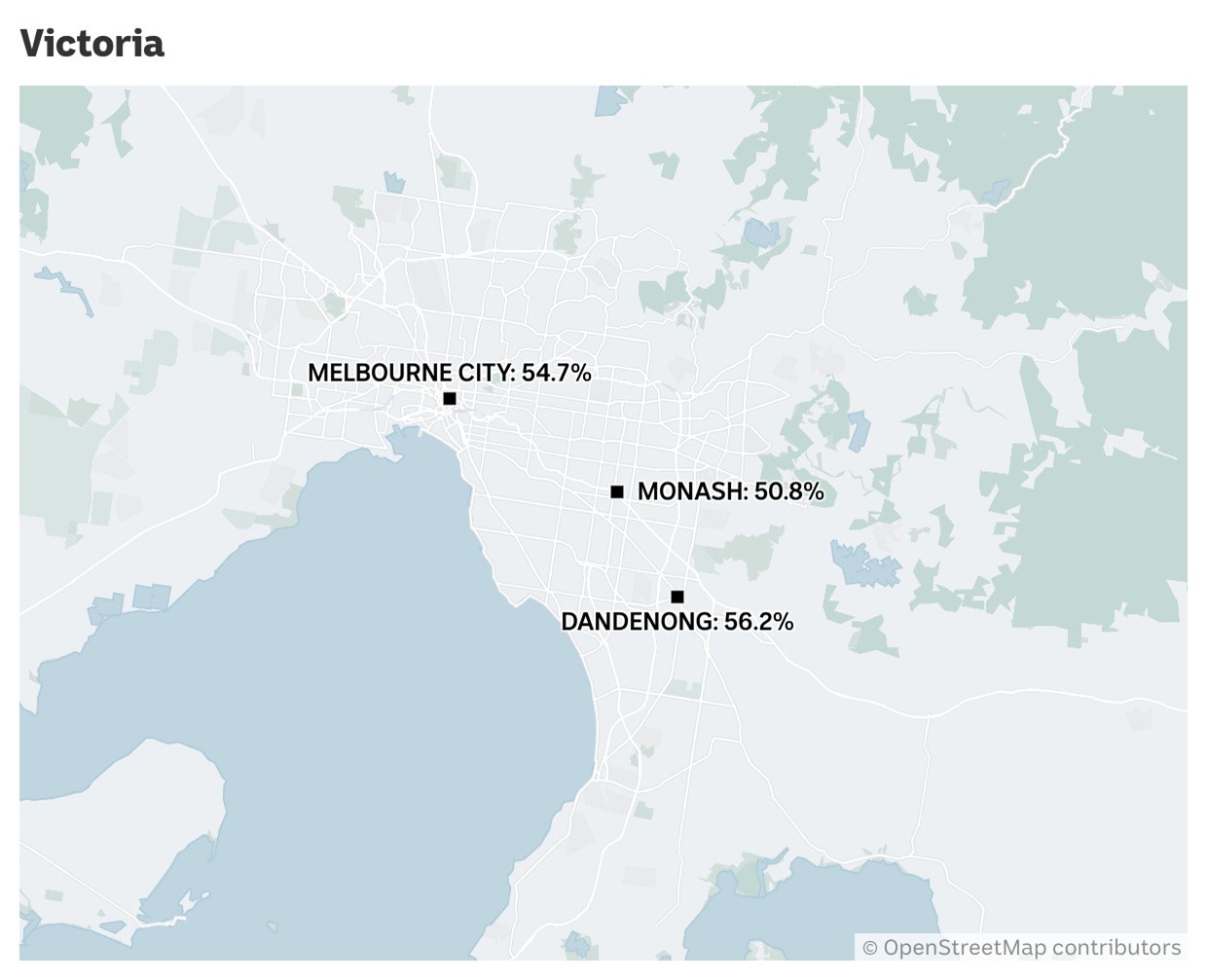
One is in Queensland — Sunnybank in Brisbane.
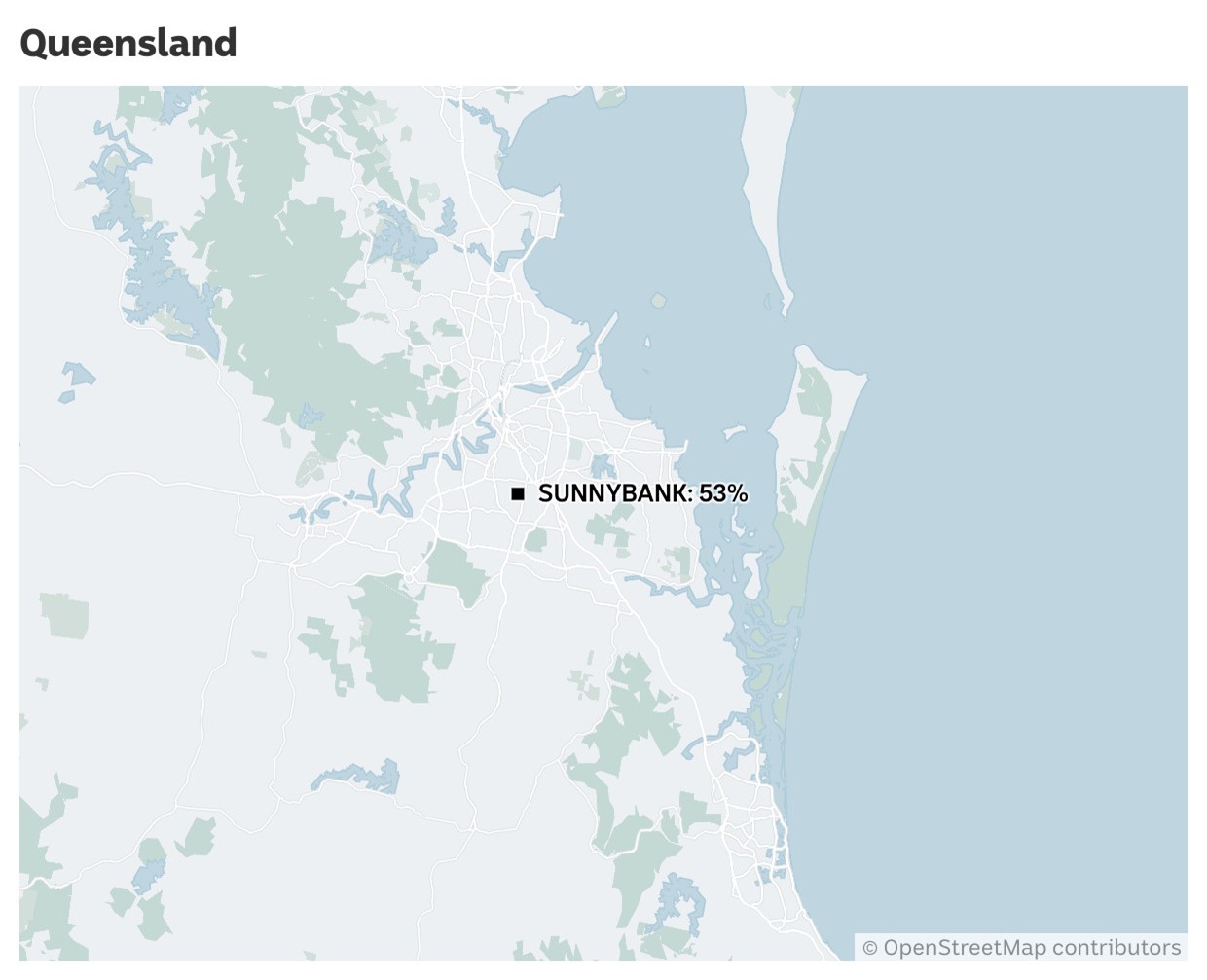
And one is in Western Australia — Cannington in Perth.
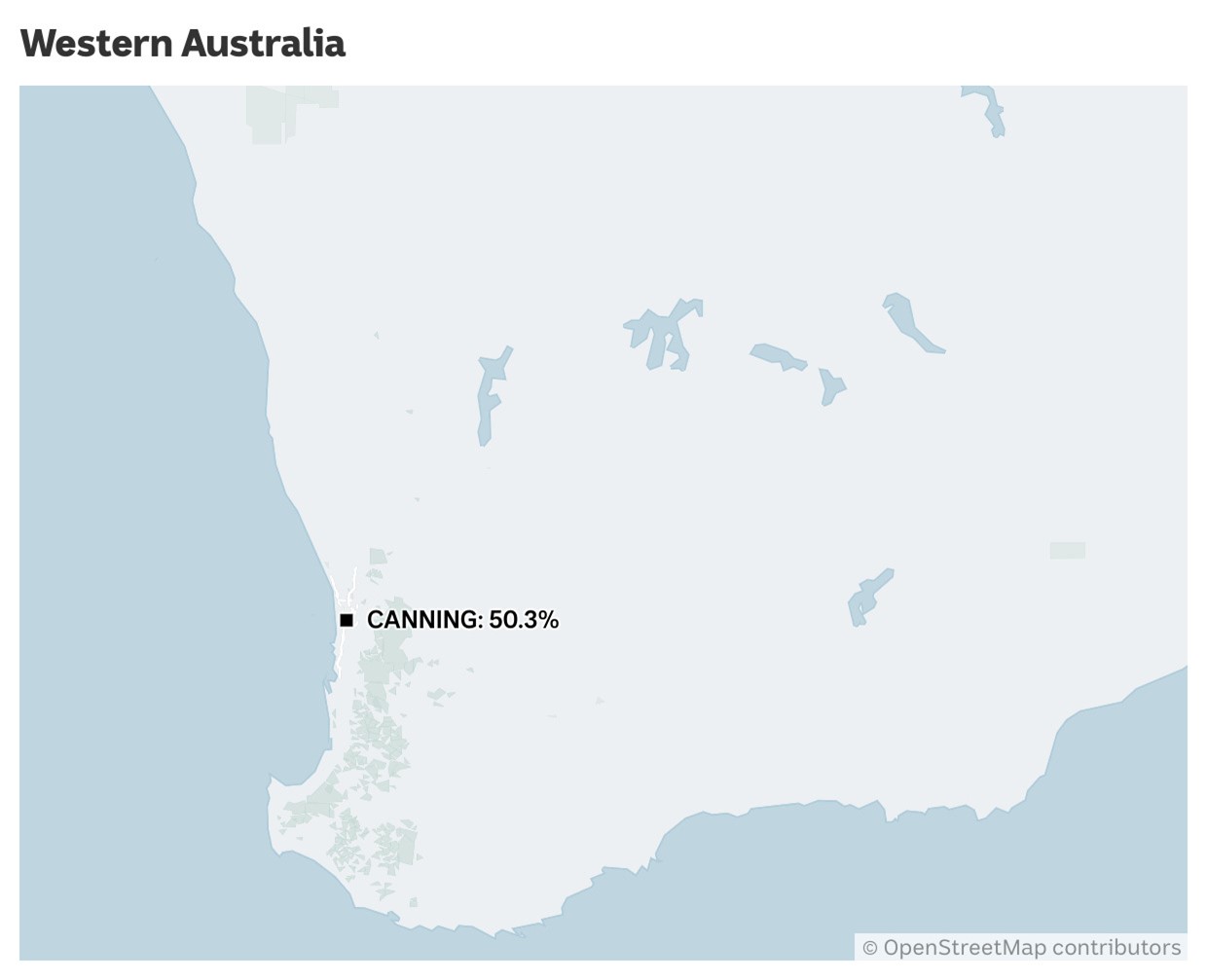
By Bridget Judd
Tradies are more likely to be male, while midwives are overwhelmingly women
There are quite a few stats to work through, but let's turn our attention to who's more likely to work in different sectors.
The top five most male dominated occupations in 2021 were:
- 1.Bricklayers and Stonemasons — 99.1 per cent male
- 2.Plumbers — 99 per cent male
- 3.Sheetmetal Trades Workers — 99 per cent male
- 4.Carpenters and Joiners — 98.9 per cent male
- 5.Roof Tilers — 98.9 per cent male
The top five most female dominated occupations in 2021 were:
- 1.Midwives — 98.7 per cent female
- 2.Early childhood (pre-primary school) teachers — 97.6 per cent female
- 3.Dental assistants — 97.5 per cent female
- 4.Personal assistants — 97.1 per cent female
- 5.Beauty therapists — 97 per cent female
By Bridget Judd
Have a question about the Census? Now is your chance to ask!
Duncan Young, the general manager for the ABS's Census Division and today's blog hostage, is back by popular demand to tackle your questions.
He'll join us in a few short minutes to unpack some of the data, so if there's something you've always wanted to know about the Census, hit the big blue button at the top of the page.
By Bridget Judd
These are the 10 most popular careers in Australia
Does your job make the list?
- 1.Sales assistants (514,084 people)
- 2.Registered nurses (262,742 people)
- 3.General clerks (244,849 people)
-
4.Aged and Disabled Carers (227,535 people)
- 5.Retail managers (194,743 people)
- 6.Primary school teachers (164,891 people)
- 7.Child carers (162,490 people)
- 8.Truck drivers (161,562 people)
- 9.Receptionists (160,598 people)
- 10.Accountants (158,366 people)
By Bridget Judd
Who's doing what around the house? It depends on your gender
There are 7 million people working full-time across the country, and another 4 million working part-time.
- 10 per cent of full-time employed males undertook 15 or more hours of domestic work, compared to 21 per cent of full-time employed females
- 10 per cent of part-time employed males undertook 15 or more hours of domestic work, compared to 32 per cent of part-time employed females
The 2021 Census also counted 7,593 "super Australians" — people who are undertaking paid employment, completing study, providing unpaid childcare, providing unpaid care to another person, completed 15 hours or more of domestic work AND also volunteered.
By Bridget Judd
Australia is becoming more diverse, but it still differs by state
Western Australia is the state with the biggest proportion of its population that was born overseas, while Tasmania is the state with the smallest.
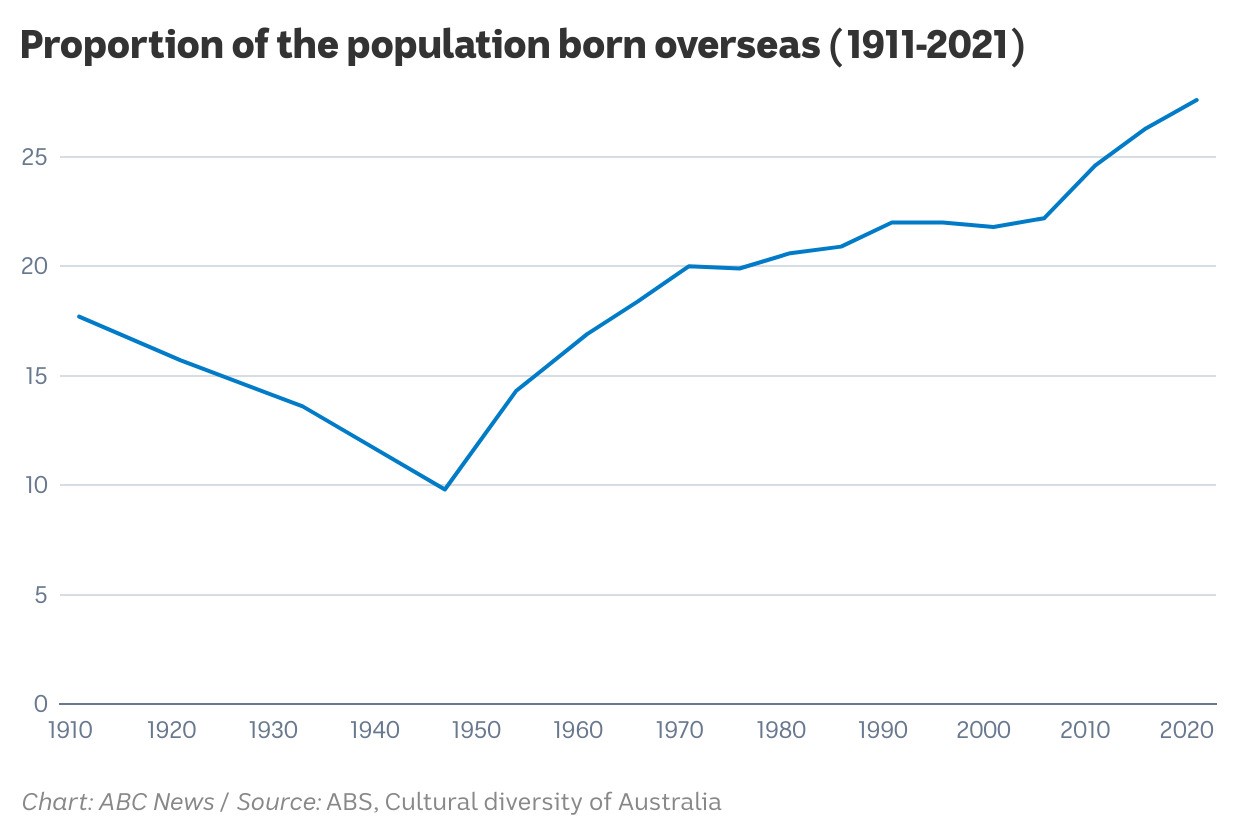

By Bridget Judd
Almost 800,000 people worked zero hours in the week prior to Census day
Over the last two years, we saw COVID lockdowns all but shut entire industries, which is reflected in the 2021 Census data.
Nearly 800,000 people worked zero hours in the week prior to Census day — 7 per cent of the total workforce — compared to 3 per cent ahead of the 2016 Census.
The industries that had the highest reports of working zero hours in the week prior to census day were:
- 1.Arts and recreation services — 15.3 per cent
- 2.Accommodation and food services — 12.8 per cent
- 3.Mining — 9 per cent
- 4.Retail trade — 8.2 per cent
- 5.Administrative and support services — 7.1 per cent







